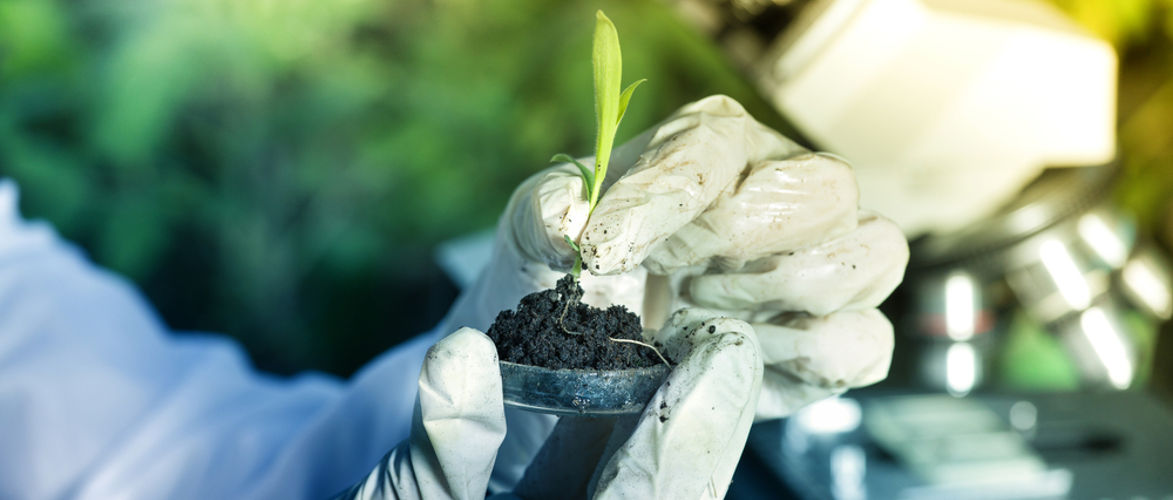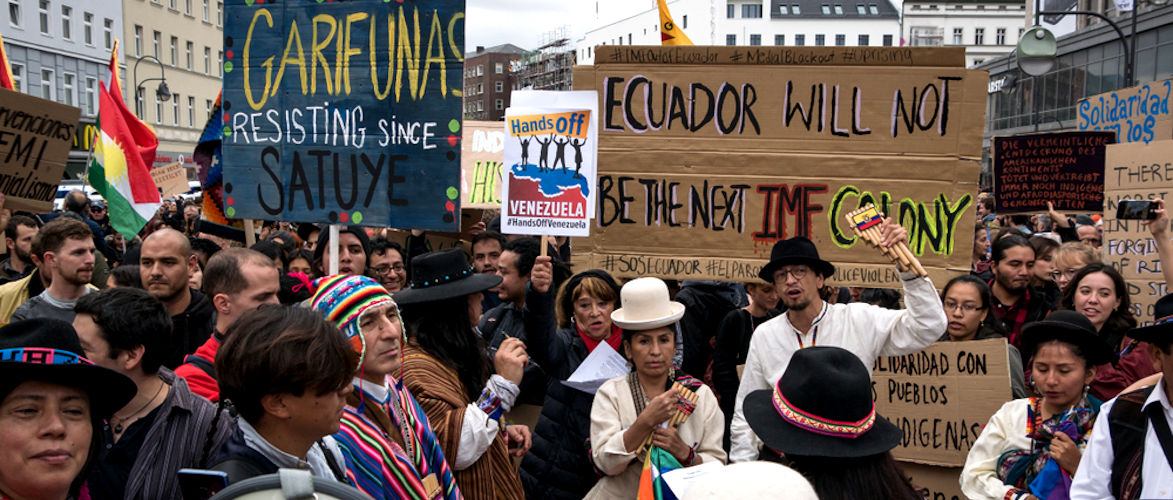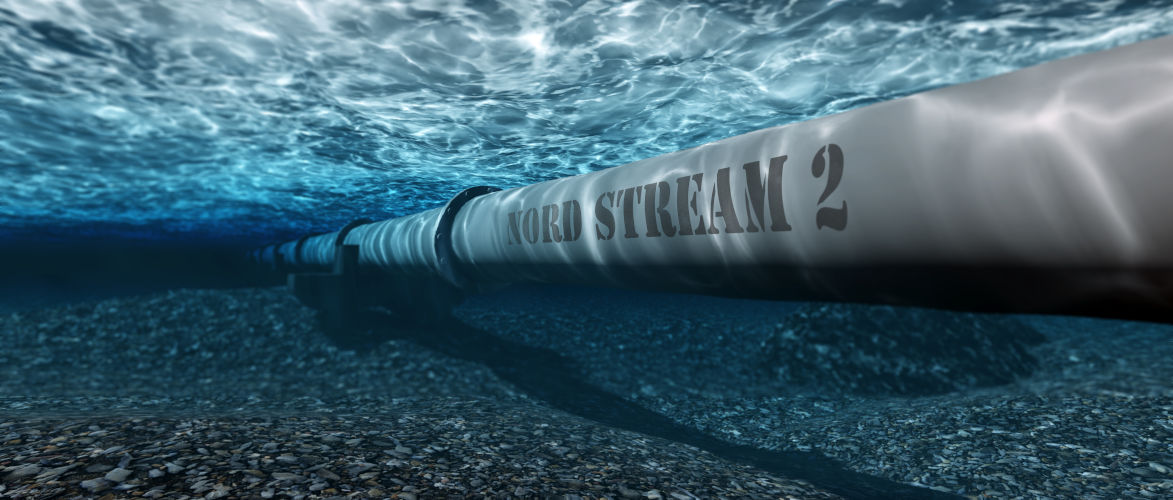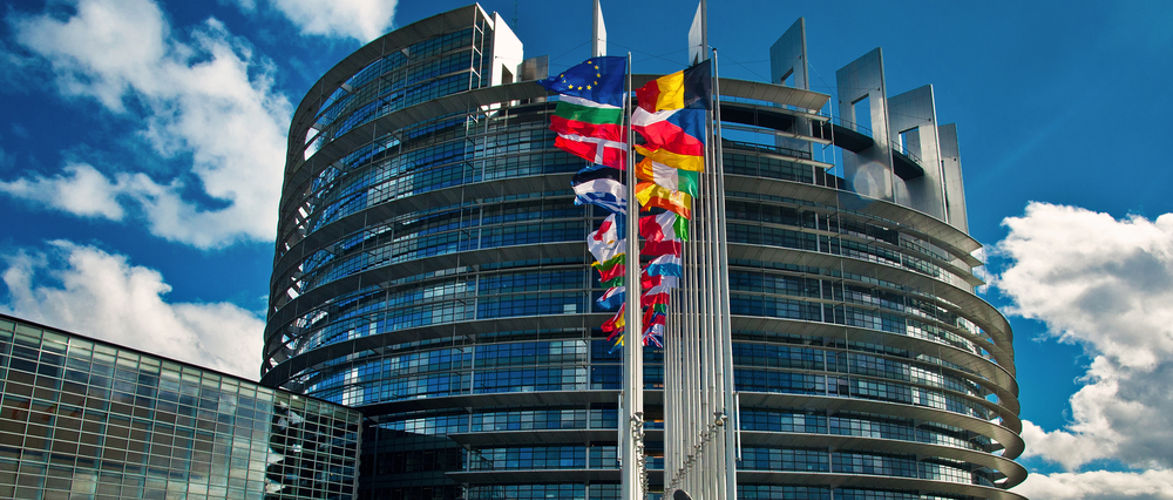By Hermann Ploppa.
2020 was the year of science fiction. All the things we’ve heard and seen. The rich and the beautiful think the time has come to beam the scariest dystopian novels into the present day. We hear about the fusion of man and machine. Of the fully digitized high-tech city.
The head of the World Economic Forum, Klaus Schwab, in particular, became a prominent science fiction author last year. In addition to horror figures such as the cyborg, this mixture of man and machine, there were also repeated calls for a sustainable economy and green technology. Especially the catchword “Green Deal” and the planned phase-out of fossil energy sources continue to fool the up-and-coming academics. And they still don’t realize that we’re not talking about something that’s just being put on us like a latex suit. We are already in the middle of the latex suit. For years revolutionary reprogramming of nature has been taking place on the broadest front. Global corporations are being reorganized, grouped and separated again to meet the demands of the brave new world of biotechnology. There you have it: biotechnology. Everything is now becoming biotechnology. Red biotechnology is for medicine. Green biotechnology is for agriculture; white for making materials to replace fossil plastic. Gray biotechnology makes our waters and air clean again by voracious microorganisms, and they then also smear our prosperity waste. And our microbiotic friends in the deep sea are no longer left alone. Also they are still to be recovered, in order to kneel for our prosperity. They will then work under the label “blue” biotechnology.
After all, time and again, the fanatics of global economic growth have been startled by the peak scenarios: the economy could suddenly reach a downward peak and reversal point, once oil, gas and coal could be used up to the point where their use is no longer economical. The fossil energy sources are nothing else than thickened corpses of former living beings millions of years ago, compressed in layers of earth. So we might as well use living organisms as energy sources. And that is now the solution to all the problems of an ever-growing global economy: away from dead energy sources to living energy sources. However, one part of biotechnology has already fallen into disrepute. The extraction of biodiesel from soy has been discredited because virgin forests in Indonesia have been irretrievably destroyed for this embellishment of CO2 emission balances. But this is only the eerie harbinger of the gigantic destruction of nature that will be required to meet the immense demand for biotic energy sources in the future.
The applications of fully digitized green technology are almost endless: DNA in cells will serve as memory chips in the future. Concrete will become flexible and pliable thanks to biological filling. Potatoes will become starch, and starch will become a biological plastic. Antibiotics, food supplements, biohydrogen, enzymes, hormones or biopesticides – all already in the works. Growth: exploding. But this has nothing whatsoever to do with what we understand by sustainable economy. It is, to put it bluntly, an exploitation and enslavement of nature, even more subtle and even more perfidious than we have practiced so far. The brave new bio-world on a very large scale of the nice grandpa from the World Economic Forum in Davos only works as a monoculture. And it only works with the help of massive manipulation of the genetic makeup of living beings. Under the comb of biotechnology, all living things are treated equally, whether deep-sea microbes in the Philippine trench or senior citizens in the hospital.
A prime example is the biotechnology company Gilead Sciences. Or the German company Bayer. Bayer has bought Monsanto, the leading agrochemical company, with the poison glyphosate and green genetic engineering on offer. At the same time, Bayer also produces pharmaceuticals and chemical products. And, of course, biotechnology includes genetic engineering. Syngenta, in turn, was spun off as an agro-producer from the AstraZeneca and Novartis groups and is now 98% owned by the state-owned Chinese biotech group ChemChina. In contrast to the Chinese state-owned conglomerates, the remaining biotech corporations are largely freely traded on the stock exchange and thus easily controllable by interest groups such as the giant wealth advisor Blackrock.
What these gentlemen are up to is beyond our control. When it comes to the fundamental decisions on how the world is to be subjected to the regime of biotechnology, any democratic co-determination ceases. Gigantic market shares are at stake.
And this monster of biotechnology naturally wants to gain more and more power and opportunities to print money. At times, this has to be done harshly. Monsanto is forcing the customers of its seeds not to produce seeds themselves from current harvests in the future and to sow them in the field the next year. Rather, Monsanto farmers agree to buy seed from Monsanto again each year. Moreover, the ideal soil of biotechnology is a biologically dead soil consisting of gravel granules into which fertilizers can be introduced at will through hydroponics. We already know it this way from arable land of industrial agriculture in Germany. And the human being? What does the ideal customer of modern biotechnology look like? This human being should have lost his immunity to be a good consumer of biotechnological products by regular vaccinations over and over again. What have governments been doing for almost a year? They forbid us to be outdoors, to move naturally and in joy; to dance, to sing. Science has found that these are the very activities that best strengthen the immune system. Instead, we are supposed to leave our exhaled pathogens in a mouth mask to a nutrient-rich wet biotope, and then breathe the entire mixture in again. It almost seems that we are also to become like the dead soil of the biotechnological monoculture. Susceptible and dependent for life on the products of biotechnology. The need no longer plays a role. It is produced. How the products are then sold to men and women is a matter for advertising experts and lobbyists.
In any case, expansion in the pharmaceutical market is firmly planned as a large segment of biotechnology. GlaxoSmithKline turned over $6.652 billion in 2017. And by 2024, production at the British pharmaceutical giant is projected to reach $10.742 billion. Merck is expected to grow from $6.546 billion to $9.398 billion in the same time frame. Similar growth rates of around 40 percent are envisaged at Sanofi and Pfizer in the vaccines division. The targeted growth must not be inhibited at any price in the world, or the balloon will burst.
This is what Green Economy really means.
+++
Thanks to the author for the right to publish the article.
+++
Image source: Budimir Jevtic/ shutterstock
+++
KenFM strives to present a broad spectrum of opinions. Opinion articles and guest posts need not reflect the views of the editorial team.
+++
KenFM now available as a free app for Android and iOS devices! You can get to the Apple and Google stores via our homepage. Here is the link: https://kenfm.de/kenfm-app/
+++
Subscribe to the KenFM newsletter now: https://kenfm.de/newsletter/
+++
Support KenFM now: https://www.patreon.com/KenFMde
+++
You like our program? Information on other ways to support us here: https://kenfm.de/support/kenfm-unterstuetzen/
+++
Now you can also support us with Bitcoins.

BitCoin Adresse: 18FpEnH1Dh83GXXGpRNqSoW5TL1z1PZgZK










Kommentare (0)